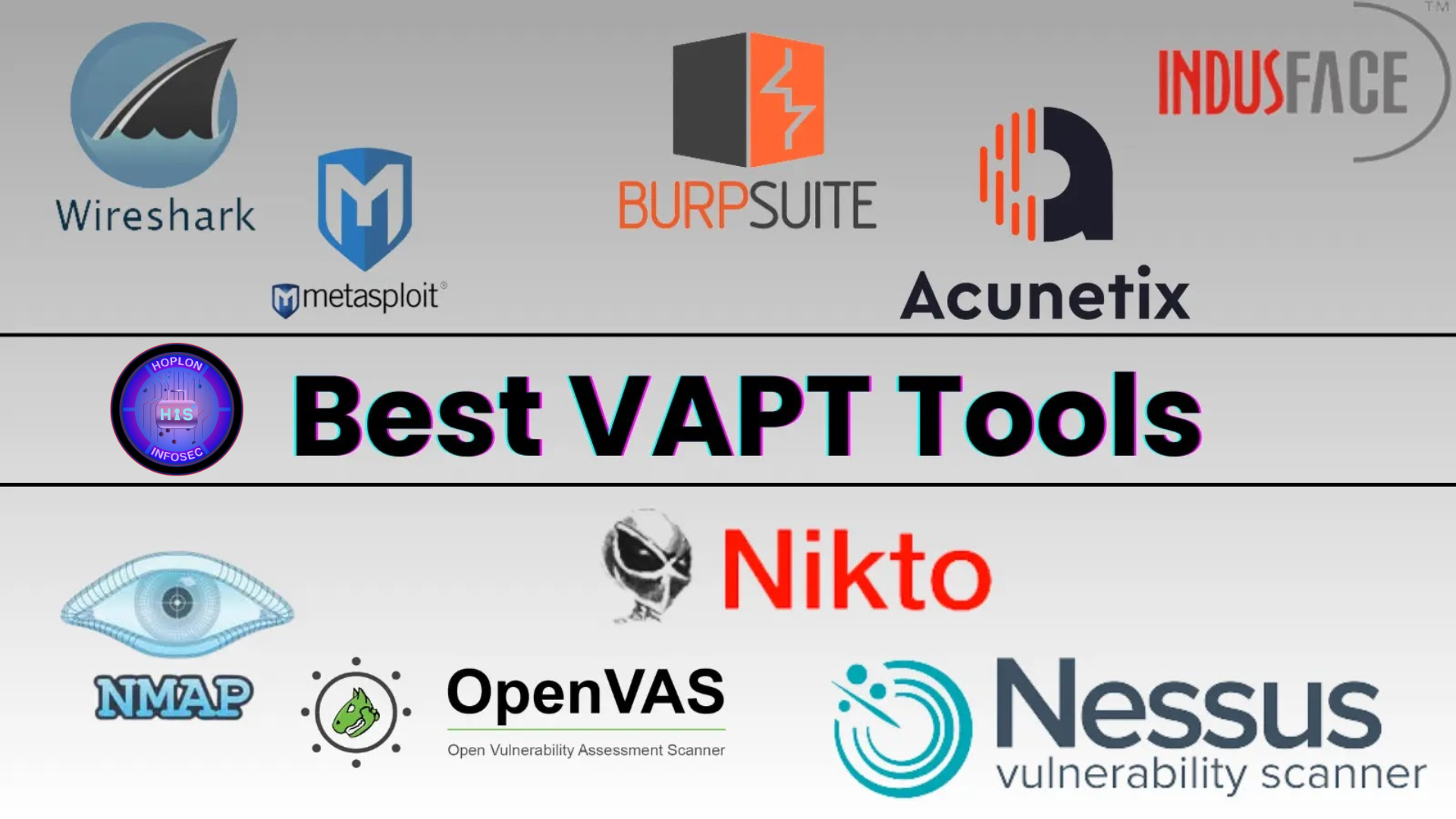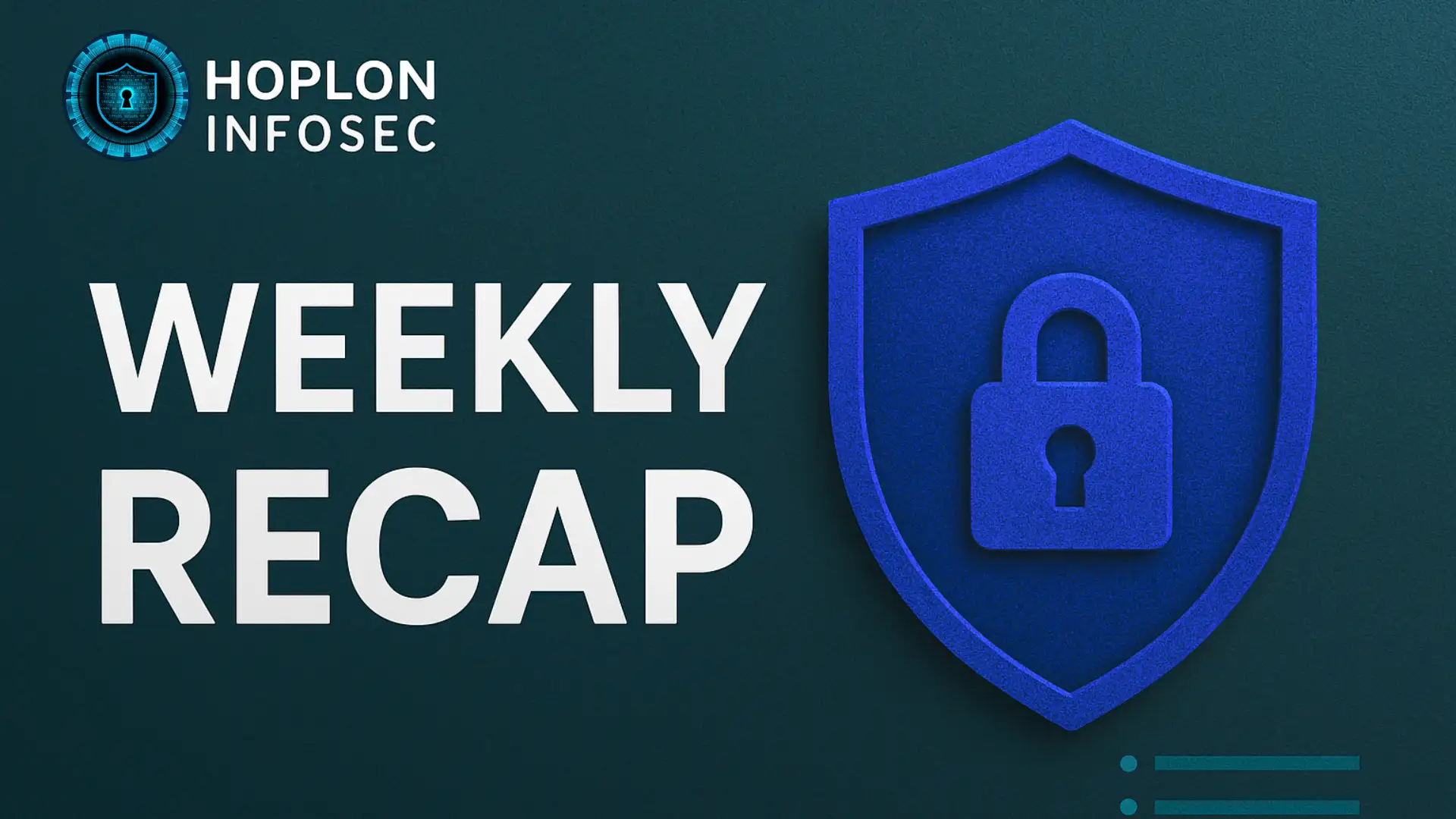In today’s rapidly evolving digital landscape, organizations face constant threats from cybercriminals targeting their systems, networks, and applications. Vulnerability Assessment and Penetration Testing (VAPT) has emerged as an essential practice to safeguard sensitive data and ensure robust cybersecurity defenses. VAPT tools help organizations identify, analyze, and remediate vulnerabilities, fortifying their IT infrastructure against potential attacks.
Using VAPT tools, businesses can proactively uncover weaknesses in their systems and address them before cybercriminals exploit them. This approach protects sensitive data, ensures compliance with industry standards, and builds stakeholder trust. This blog will explore VAPT, its significance, and the best tools available to enhance cybersecurity.
What are VAPT Tools?
At its core, VAPT is a combination of two crucial processes:
- Vulnerability Assessment: This process identifies, evaluates, and prioritizes known vulnerabilities within a system, network, or application. Vulnerability assessment tools focus on discovering potential weaknesses, such as outdated software, misconfigurations, or unpatched vulnerabilities.
- Penetration Testing: Penetration testing goes further by simulating real-world attacks to exploit identified vulnerabilities. This process helps assess the overall security resilience of a system by demonstrating how attackers could potentially infiltrate it.
When combined, vulnerability assessment and penetration testing comprehensively evaluate an organization’s security posture. They uncover hidden security gaps, offer actionable remediation insights, and ensure systems are better protected against cyber threats.
The Importance of VAPT in Cybersecurity
VAPT tools are indispensable for modern organizations aiming to stay ahead of cybercriminals. Here’s why:
1. Proactive Threat Identification
VAPT tools help identify vulnerabilities and misconfigurations before they can be exploited. Organizations can prevent potential data breaches and minimize risks by conducting regular assessments.
2. Enhanced Compliance
Industry regulations like PCI DSS, HIPAA, and GDPR mandate regular security assessments. VAPT tools ensure compliance by identifying vulnerabilities, validating security controls, and generating detailed audit reports.
3. Simulating Real-World Attacks
Penetration testing enables organizations to understand the impact of potential exploitation. By simulating attacks, businesses can assess the effectiveness of their security defenses and improve weak areas.
4. Actionable Remediation Insights
VAPT tools provide detailed insights into detected vulnerabilities, including their severity and potential impact. These insights help IT teams prioritize remediation efforts and enhance system defenses.
5. Building Trust with Stakeholders
By demonstrating a commitment to cybersecurity through regular VAPT assessments, organizations can build trust with customers, partners, and stakeholders. This proactive approach protects sensitive data and reinforces the organization’s reputation.
Popular VAPT Tools Overview
Here is a detailed breakdown of 10 popular VAPT tools, including their features, pros, and cons:
1. Wireshark

Features:
- Packet analysis for network troubleshooting.
- Wide range of protocol support.
- Advanced filtering capabilities.
Pros and Cons:
| Pros | Cons |
|---|---|
| Ideal for in-depth network analysis | Complex for beginners |
| Supports a wide range of protocols | Can produce overwhelming amounts of data |
2. NMAP
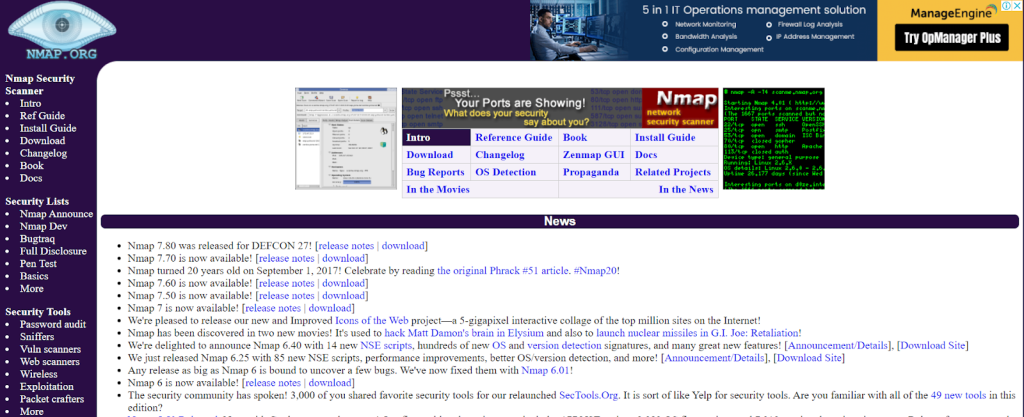
Features:
- Network discovery and security auditing.
- Customizable scripting engine.
- Host and service detection.
Pros and Cons:
| Pros | Cons |
| Effective for large-scale network scanning | May produce intrusive scans |
| Highly customizable with scripting | Requires expertise to interpret results |
3. Metasploit
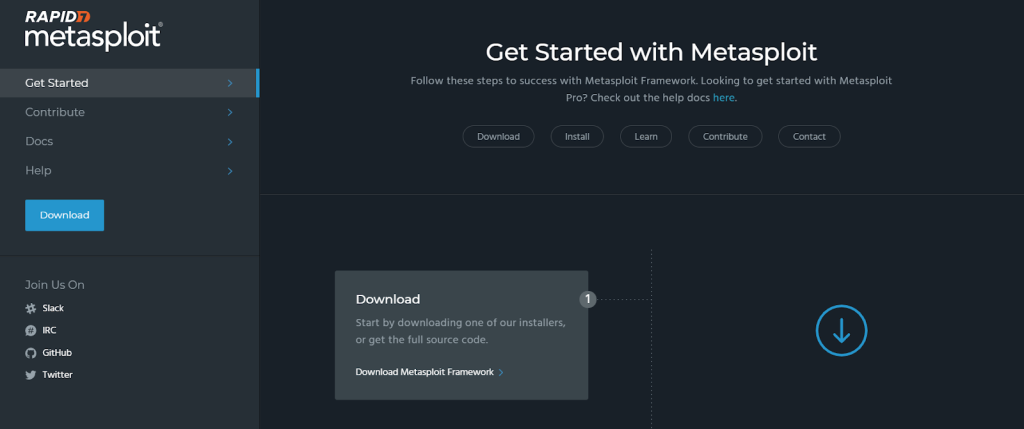
Features:
- Exploitation development framework.
- Database of pre-built exploits.
- Integration with various security tools.
Pros and Cons:
| Pros | Cons |
| Robust framework for penetration testing | Ethical and legal concerns if misused |
| Active community support |
4. Burp Suite
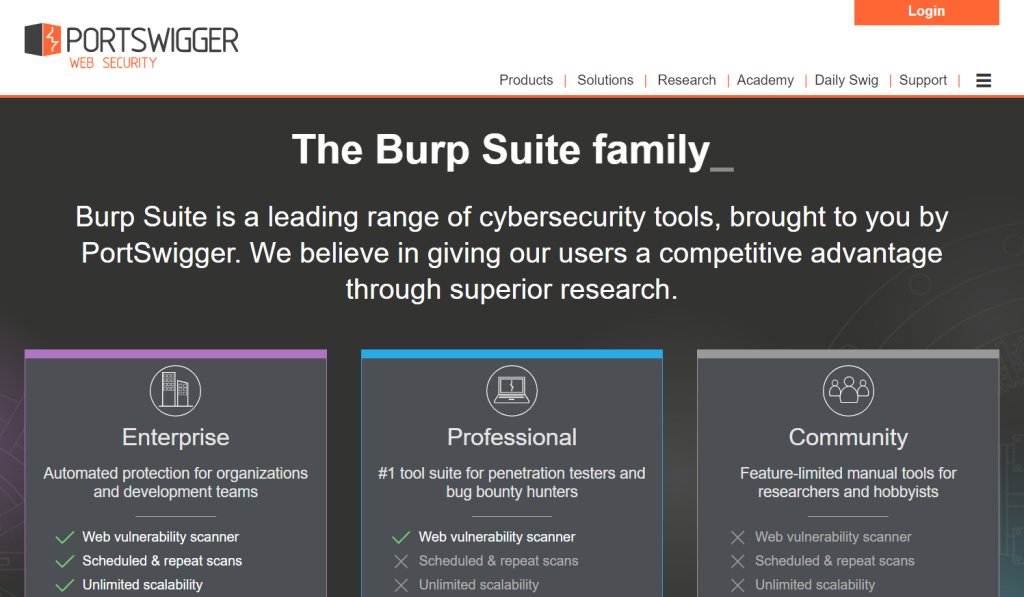
Features:
- Web application vulnerability scanning.
- Customizable with plugins.
- Manual and automated testing options.
Pros and Cons:
| Pros | Cons |
| Comprehensive web application testing | Requires manual setup for certain features |
| Extensible with custom plugins | Limited mobile application testing |
5. OpenVAS
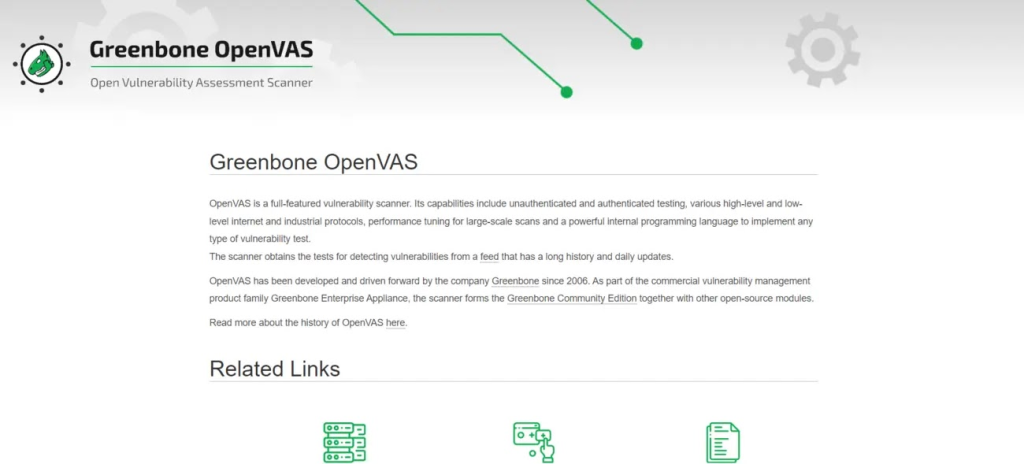
Features:
- Open-source vulnerability scanning.
- Detailed reporting capabilities.
- Regular updates for vulnerability database.
Pros and Cons:
| Pros | Cons |
| Free and open-source | Can produce false positives |
| Comprehensive network scans | Configuration complexity |
6. Nessus
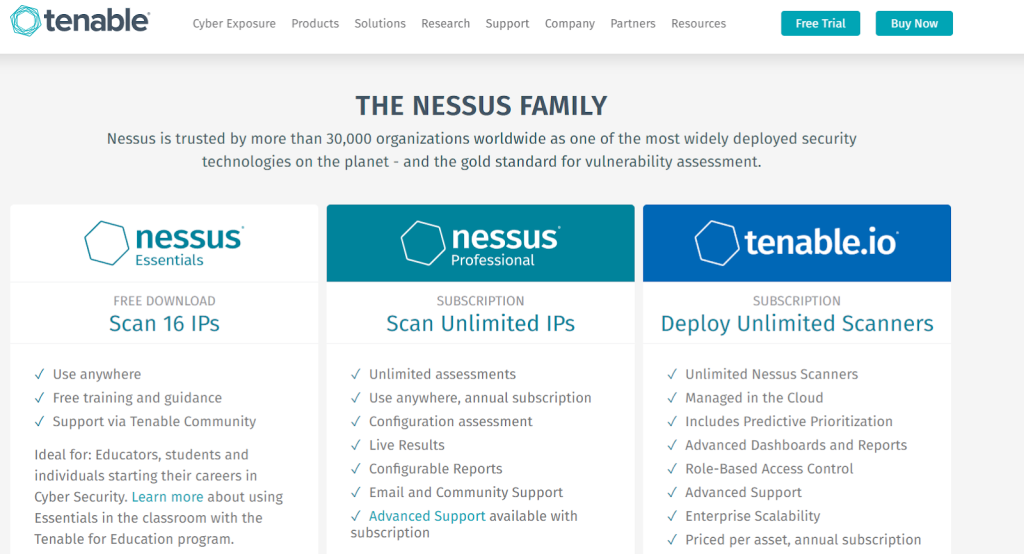
Features:
- Extensive vulnerability library.
- User-friendly interface.
- Compliance checks for standards like PCI DSS.
Pros and Cons:
| Pros | Cons |
| Extensive vulnerability coverage | Requires a subscription for advanced features |
| User-friendly interface | Can cause noise in network traffic |
7. Nikto
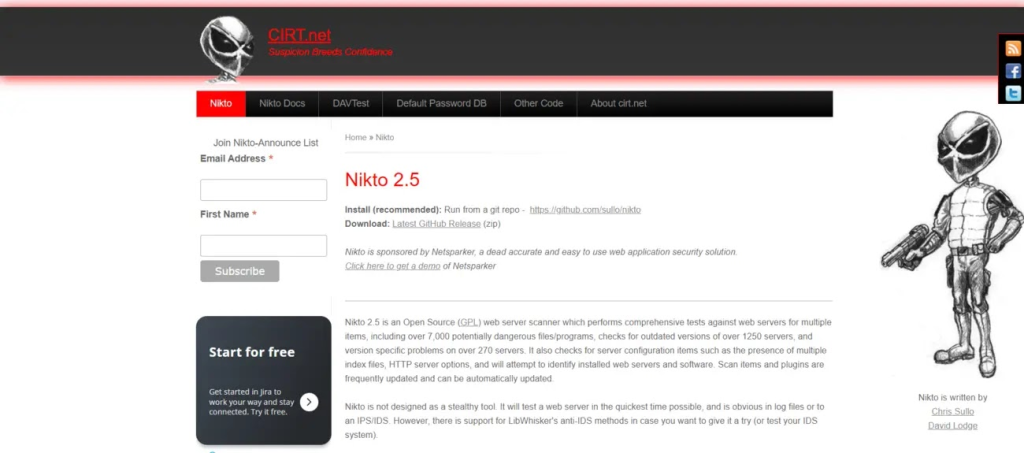
Features:
- Web server vulnerability scanning.
- Command-line interface for ease of use.
- Fast and lightweight.
Pros and Cons:
| Pros | Cons |
| Lightweight and efficient | Produces false positives |
| Easy-to-use command-line interface | Limited to web server testing |
8. Indusface
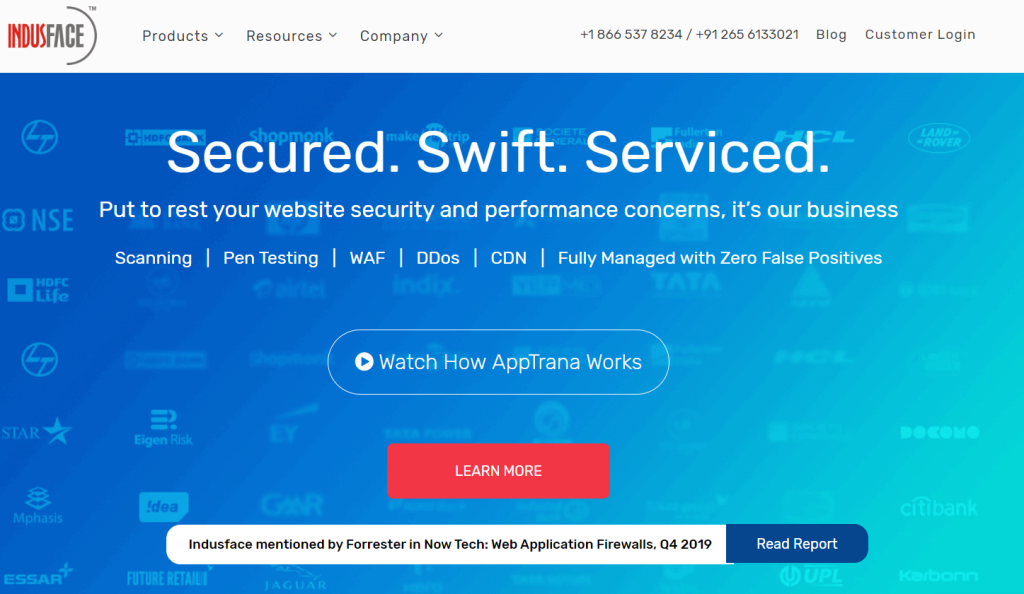
Features:
- Web application security testing.
- Integrated Web Application Firewall (WAF).
- Automated and manual vulnerability assessment.
Pros and Cons:
| Pros | Cons |
| Excellent web application security features | Limited user reviews and documentation |
| Integrates vulnerability assessment and WAF | Higher cost for advanced features |
9. Acunetix
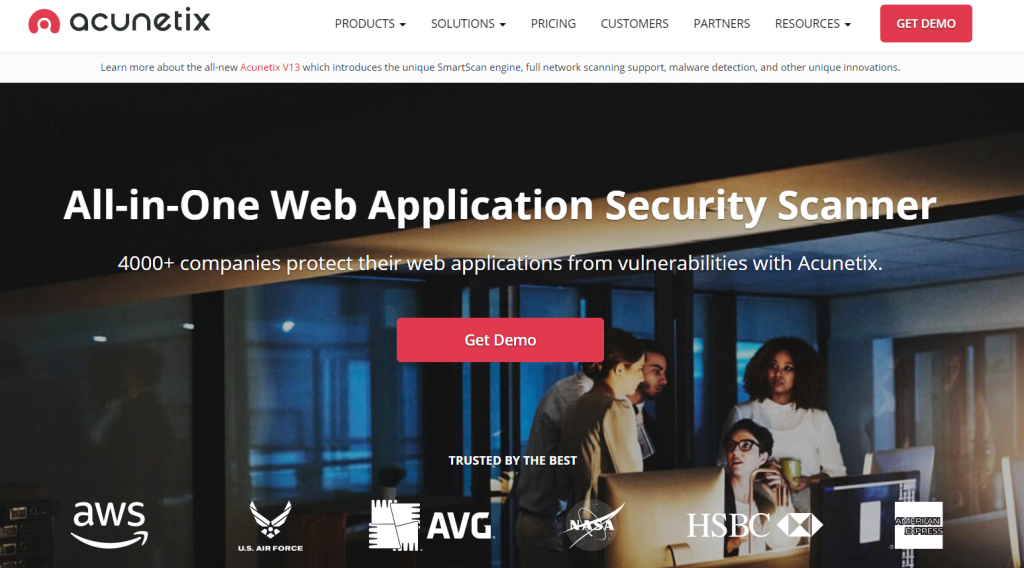
Features:
- Web vulnerability scanning.
- Accurate detection for SQL injection, XSS, and more.
- Integration with CI/CD pipelines.
Pros and Cons:
| Pros | Cons |
| Comprehensive web vulnerability testing | Requires frequent updates |
| Accurate and reliable detection | Limited support for specific web technologies |
10. SQLMap
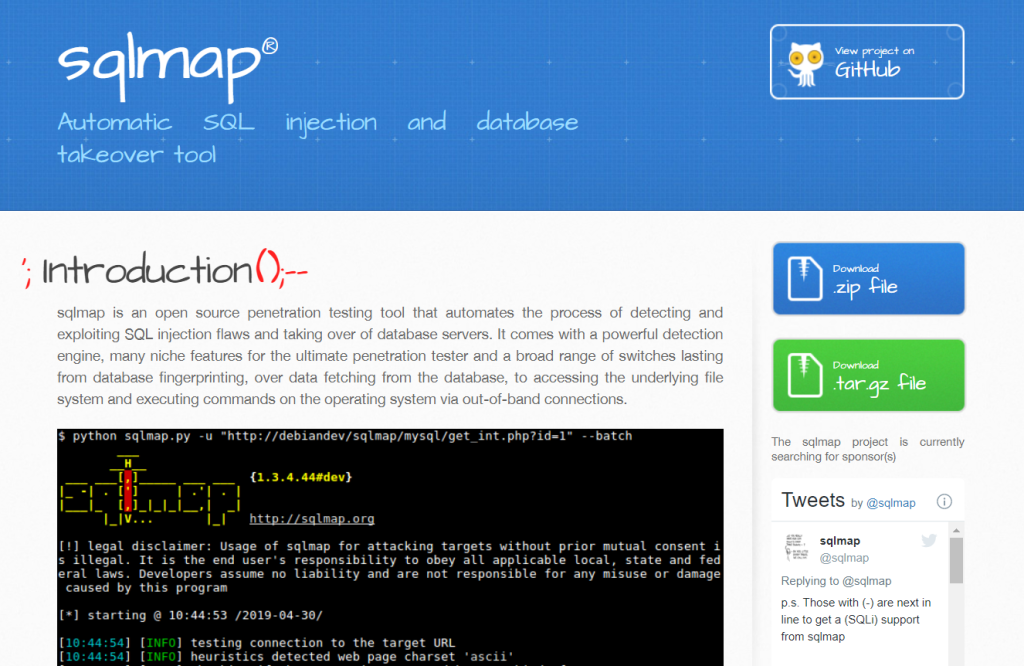
Features:
- Automated SQL injection detection.
- Database fingerprinting and enumeration.
- Support for various database systems.
Pros and Cons:
| Pros | Cons |
| Effective for SQL injection testing | Requires expertise for safe use |
| Detailed reporting of findings | Limited to database-related testing |
Conclusion
Vulnerability Assessment and Penetration Testing (VAPT) tools are critical for maintaining robust cybersecurity defenses. From identifying vulnerabilities to simulating real-world attacks, these tools help organizations protect sensitive data, ensure compliance, and build stakeholder trust.
By selecting the right VAPT tool based on your organization’s needs—whether for network security, web applications, or comprehensive assessments—you can significantly enhance your security posture and stay ahead of emerging threats. Regularly conducting VAPT assessments is not just a best practice; it’s necessary in today’s cybersecurity landscape.
More on:

